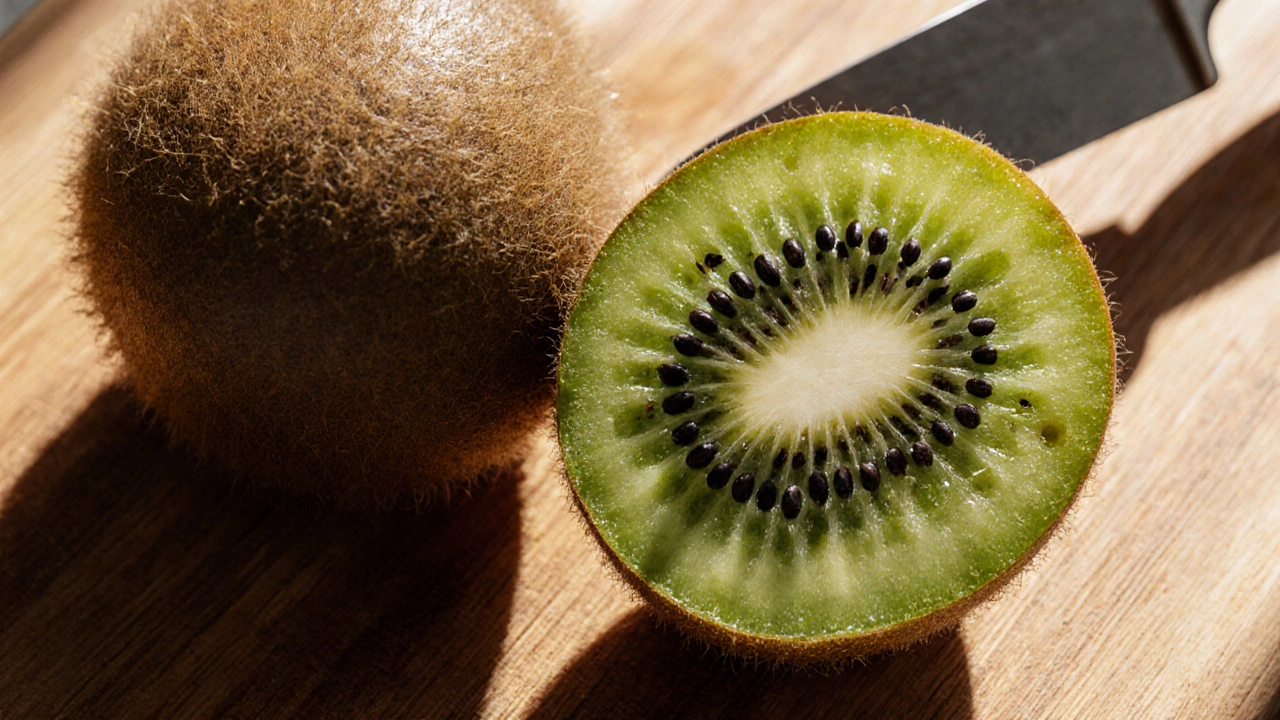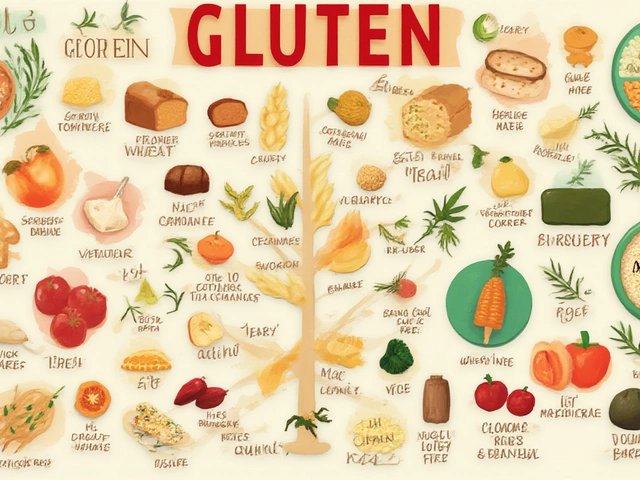Animal-Derived Wax Explained
When working with animal-derived wax, a natural coating sourced from animals such as bees or insects that gives foods a glossy finish and extends shelf life. Also known as food wax, it often appears unseen on fruits, candies, and packaged snacks. The animal-derived wax is used by manufacturers to keep produce looking fresh, protect against moisture loss, and improve texture. For vegan, any diet that excludes animal products consumers, hidden wax can be a surprise because it isn’t always listed as an ingredient. Even a simple apple, a widely eaten fruit often coated with wax to preserve shine and prevent bruising may carry it, turning a seemingly neutral snack into a contentious choice. This relationship creates a chain: animal-derived wax is applied to food, food labeling may hide its presence, and vegan eaters rely on clear information to avoid it.
Why It Matters and Where You’ll Find It
Animal-derived wax isn’t just a cosmetic trick; it influences how we shop and what we eat. Beeswax, shellac (derived from the lac beetle), and lanolin‑based waxes are common in confectionery glazes, candy shells, and fruit coatings. They help chocolates retain snap, give glazed donuts a shine, and prevent apples from turning brown. The downside is that these waxes are often omitted from the ingredient line, especially when a product is labeled “natural” or “organic.” Food labeling therefore becomes a crucial filter: if a label mentions “wax coating” without specifying the source, vegans and allergy‑sensitive individuals may be in the dark. This is why many specialty brands now list “beeswax” or “shellac” explicitly, catering to the growing demand for transparency. Knowing the source lets you decide whether a product fits your dietary standards or if you need to look for plant‑based alternatives like carnauba wax, which comes from the leaves of a Brazilian palm.
Understanding animal-derived wax also helps you make smarter choices at the grocery aisle. Look for statements like “wax‑free,” “vegan‑approved,” or “contains carnauba wax” on fruit packaging. A quick rinse with warm water can remove most surface waxes from apples and pears, though it won’t strip off the thin film of shellac used on some imported fruits. If you’re buying bulk candy or chocolate, check the ingredient panel for “beeswax,” “shellac,” or “lanolin.” Many online vegan communities share up‑to‑date lists of brands that avoid animal‑based coatings, making it easier to navigate the ever‑expanding snack market. By keeping an eye on these details, you’ll reduce surprise encounters with animal-derived wax and keep your diet aligned with your values.
Below you’ll find a curated selection of articles that dive deeper into how animal‑derived wax shows up in everyday foods, the science behind its use, and practical tips for spotting and avoiding it. Whether you’re curious about why apples aren’t always vegan or you need a guide to reading food labels, the posts ahead will give you the insights you need.

Why Kiwi Is Considered Not Vegan and How to Choose a Vegan-Friendly Fruit
Explore why many kiwis are considered non‑vegan, learn how to spot animal‑derived wax coatings, and get practical tips for choosing truly vegan kiwis.
View More




